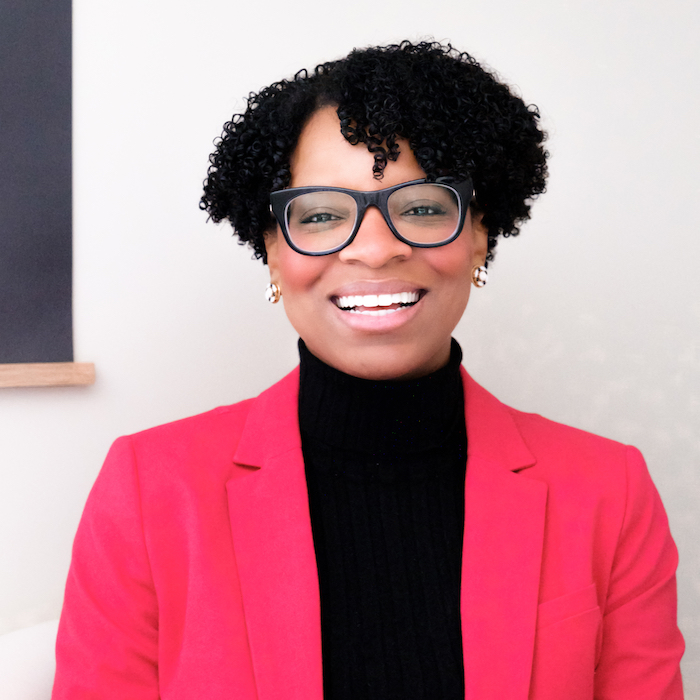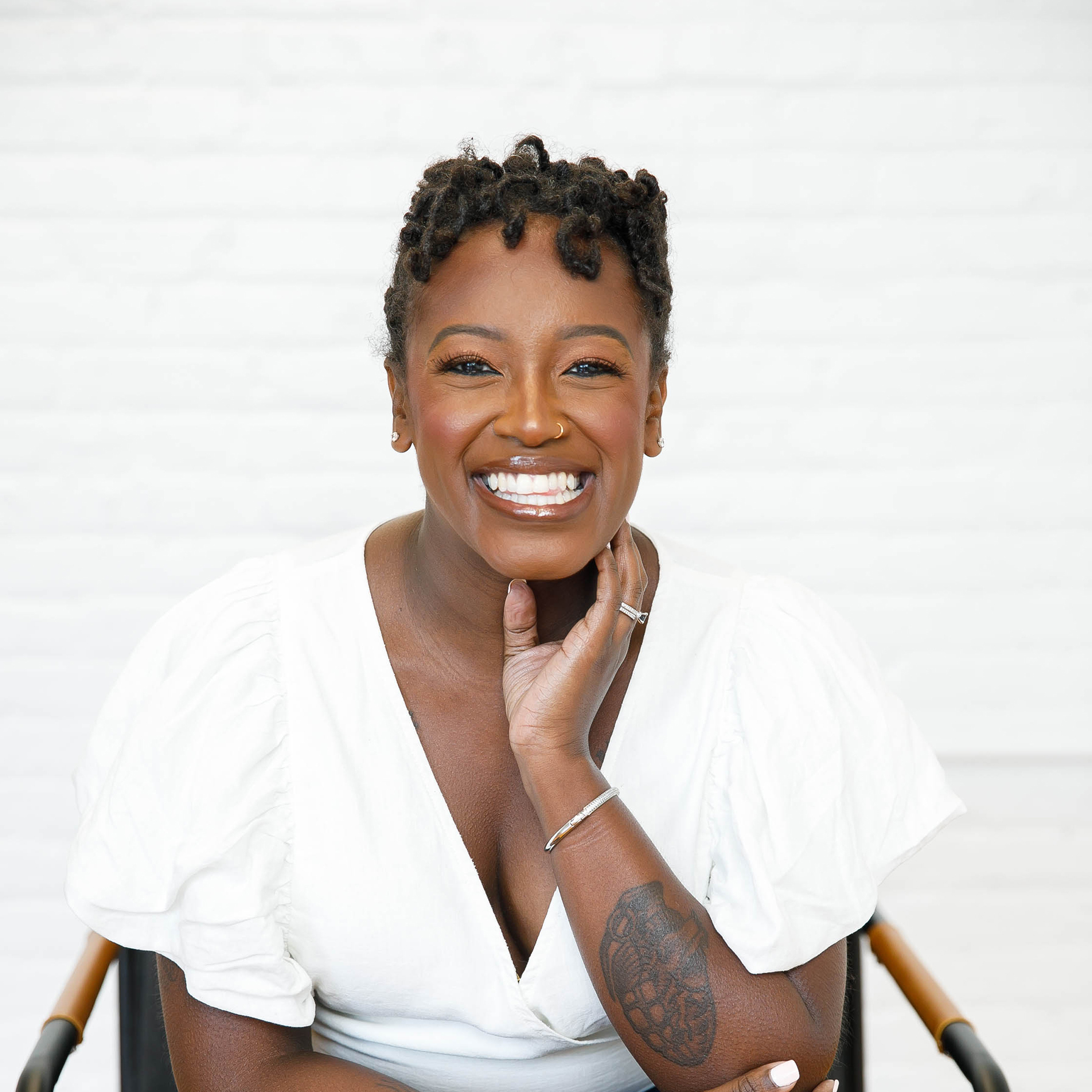Table of contents
Madonna famously sang, “Music makes the people come together.” But can music turn diners into repeat customers? Can music spur customers to increase in-store spending? Can music influence whether you buy a French wine or a California wine? Some studies say yes, and it all depends on how you create your playlist.
Many music streaming services, such as Spotify and Apple Music, are licensed for personal use only, so businesses must use a service that’s licensed for commercial use, such as Soundtrack Your Brand, Cloud Cover Music, or Playlist Co., or potentially face fines. But industry experts and sellers say that creating a playlist specifically to build atmosphere with music is worth it.
Put recurring subscriptions, like music streaming services, on the Square Credit Card1 and earn rewards toward Square processing fees.
“Music sets the tone,” said Itamar Srulovich, co-owner of the Middle Eastern restaurant Honey & Co. in London. “It puts you in the right zone — and when people come to us, I want them to feel happy, relaxed, and positive.”
More than creating the atmosphere, the right music for your brand can have a positive effect on your profits. Dali Bikich, managing director of the branding agency Playlist Co., said, “Proper programming of music in-store can impact sales to upwards of 10%, and some studies have shown subliminal aspects at play that can influence customer behavior.”Bikich said that businesses such as boutique hotels and fine-dining restaurants come to Playlist Co. when they want to curate every aspect of their brand experience. “When people come to us, it’s because music is very meaningful to them,” he said. “The process tends to be emotional and personal.”
We stumbled on this song, ‘Stil’ by Acid Arab, and we could not stop playing it. It’s upbeat, it’s Middle Eastern, you can dance to it. We regularly play it in the restaurant.”
Itamar Srulovich → co-owner, Honey & Co., London, England
Here are some tips on how to use music to achieve your business goals.
- Set the tone, the theme, and the tempo: According to the food-and-science-themed podcast Gastropod, a restaurant’s music speed can impact customer turnover. Slower music creates a relaxed environment, encouraging diners to linger longer and order more food or drinks. Up-tempo music encourages diners to eat faster, freeing up tables for turnover. One fine-dining restaurant saw a 12% increase in dessert sales when they played a down-tempo playlist. Cloud Cover Music, Pandora’s commercial music arm, says that music genre also influences customer behavior. Classical music played in a wine store increases sales of expensive wines, while holiday music impacts the sale of Christmas items.
- Use music to extend your brand: “Creating a soundtrack allows businesses to think through all of the aspects of their brand through the medium of music and soundtrack design,” Bikich said. During the COVID lockdowns, Honey & Co. served food to go and wanted to do something extra. “We wanted to give people the experience of being in a restaurant at home,” Srulovich said. Every week they presented a menu with a different theme — Greek, Egyptian, Israeli — and his team created a playlist for customers to take along with the food. “It was a lot of fun” he said. “People who ordered food from us loved it, because they got new food, new music, new things, [which helped with being] cooped up at home.” These playlists were inspired by the locations the food was from and allowed diners to feel like they were in the restaurant even though they were grabbing food to go.
- Make the playlist large and eclectic, and always have it run on shuffle: “When a playlist is in a unique order, it becomes predictable by the mind, and then becomes very repetitive and boring real fast,” Bikich said. Putting your playlist on shuffle makes the songs more dynamic and interesting. A fresh playlist helps staff stay productive and energized and avoids soundtrack burnout.
- Organize playlists according to energy levels: “If you want to change the store’s energy level throughout the day, use different playlists: a low-energy one for the morning, a medium energy for afternoon, and high energy for evenings,” Bikich said. “Avoid mixing high-energy and low-energy music in the same playlist,” he added. “It creates an odd listening experience and disrupts the atmosphere, especially when run on shuffle.”
- Create the soundtrack for your audience — but infuse it with personality: “What works for the brand might be very different from what the business owner personally likes,” Bikich said. Srulovich doesn’t create a playlist for each of his four Honey & Co. establishments. Instead, he instructs his front-of-house staff to play music “like when you’re hosting a great dinner party and you want to have an amazing atmosphere, and you want everyone to be looked after.” In Honey & Co.’s case, it’s a lot of Fela Kuti’s music. He explained, “We want our team to bring their personalities to the vibe of the restaurant where they’re working, and the music is part of that.”
Ultimately, Bikich said, “Music is our most powerful and universal art form, and brands that leverage it in meaningful ways do very well.”
A loan2 from Square can be used for any investment in your space, including soundtrack design. Check for offers.
Finance in focus: Confidently take on difficult tasks with music

Aja Evans is a licensed mental health counselor who specializes in financial therapy. She owns and operates a private practice in New York City.
Dear Aja,
I play a lot of different music in the salon. I’ll start more chill, and then the more tired I get, the faster the beat. I listen to a lot of R&B and old school rap.
— Amanda, salon owner, Sydney, Australia
Music is one of my favorite ways to improve mood, increase productivity, boost dopamine for my clients and myself — and, according to a Psychology Today article, it’s proven to help us tackle the difficult tasks and stressors that come up at work.
Upbeat music is a great way to keep the energy up throughout the day. It can boost mood and confidence, making you feel more prepared to handle challenges when they happen. Plus, seeing people bop around to the beat can make your staff and customers feel good too. Music can also have a calming effect by lowering cortisol levels. With reduced stress and anxiety, you can think clearly and problem-solve more effectively.
I’m all about matching the music to your current mood — or even to shift your mood. Right now, I’m fully leaning into the coziness of fall, so playing Bon Iver and Vance Joy have been helping me ease into the darker, colder months ahead.
Good with numbers: Is a playlist designer worth it?

Keila Hill-Trawick is founder and CEO of Little Fish Accounting, a boutique CPA firm dedicated to serving microbusinesses through accounting and tax support.
Music streaming services like Spotify, Apple Music, and Tidal are not cleared for commercial use, meaning you may face fines for playing music from these options in your store, restaurant, or public space. There are services that give you permission to use for your business, ranging from turnkey streaming plans to bespoke space and soundtrack design services that cater to your brand and audience.
A couple of things to keep in mind when considering whether or not you should invest in a playlist designer:
- What are you looking to achieve? Your budget will be a driving factor whether you’re looking to evoke a specific emotion with the music you play, or simply want to have background sounds while people shop or visit your business. Many off-the-shelf streaming services charge a small monthly fee ($20–$50 depending on the plan), while working with a company to outfit your space with sound equipment and design a curated playlist can cost up to six figures. Knowing your goals for the space will help you make the right decision for funding this expense.
- Will there be related expenses? You need the sound to be right for customers to truly experience the mood. Be sure to account for additional costs, like speakers, amps, sound panels, wiring, and other equipment, so your playlist is experienced the way you want. The size of your space will determine how much equipment you’ll need too. Create a Square Savings3 folder to start your sound equipment budget.
![]()









